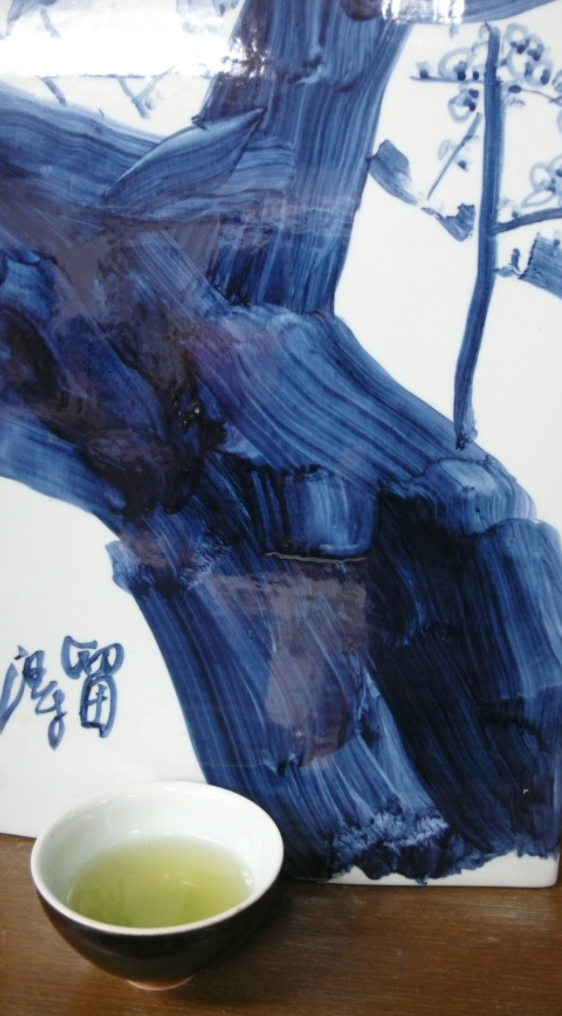You’ve probably had this experience:
The moment you pour hot water over the tea leaves, that mesmerizing aroma immediately captivates you. But as soon as you pour the tea into your cup, the wonderful fragrance seems to vanish, leaving behind a faint, almost imperceptible sense of regret. You can’t help but wonder: Could it be the cup is not good enough? At that moment, you might start to question whether there’s something wrong with your cup.
It’s fascinating, though: When you brew the same tea using different cups, the flavor can actually change. It’s not your imagination—it’s the truth. The shape, material, and glaze of the cup can subtly alter your perception of the tea, especially when it comes to aroma.
That’s why, if you want to design a modern tea cup, it’s not just about looking “beautiful,” but about being able to retain the aroma. And this is quite a challenge.
Today, let’s talk slowly about how to create a tea cup that can “gather the aroma” and also “look beautiful.”
The Mystery of Vanishing Tea Aroma: Starting with the Cup’s Secret
We often say that oolong tea should have a “warm fragrance,” pu-erh tea should have an “aged fragrance,” and green tea should have a “fresh fragrance”… but all these aromas begin to dissipate the moment hot water is poured over the tea leaves. Aroma molecules are delicate and playful—they are as light as smoke, drifting away quickly.
If the cup’s opening is too wide, the fragrance will easily dissipate.
If the cup’s body is too thick, the fragrance will rise slowly, losing the element of surprise.
If the glaze is rough, it will absorb or deflect the fragrance.
Even the cup’s rim design can block the aroma, making it harder to detect.
So, the design to “gather the aroma” is not about just one technique. It’s more like working as a perfumer—carefully balancing four elements: the cup shape, the cup opening, the cup walls, and the glaze.
Secrets You Need to Know to Design a Tea Cup That Gathers Aroma
Let’s break it down one by one:
- Cup Shape: Rounded with a Slightly Narrowing Opening, So the Aroma Won’t Escape
It’s similar to a wine glass, but not as tall. Traditional black-glazed tea cups (like Jian ware) are masters of gathering aroma: a slightly wide opening that narrows at the rim, with a round belly that’s deep and just the right size. This shape helps retain the fragrance and makes it easier to “smell the aroma.” Modern tea cups can take inspiration from this but in a more lightweight form. - Cup Rim: Slightly Inward Curving, Just Right for Your Lips
If the opening is too wide, the aroma disperses. If it’s too small, the tea experience is limited. The best design allows you to smell the aroma as your lips touch the rim of the cup—this is a kind of “skin-to-skin contact,” like the gentle caress described in the article—the brief encounter between your lips and the cup edge. - Cup Walls: Thin and Resonant, So the Aroma Won’t Be Trapped
Thin-walled cups have the effect of “hanging the aroma.” When the hot tea is poured in, the cup walls briefly trap the heat and then slowly release it. The fragrance rises from the cup like smoke, creating layers of sensation. But being thin doesn’t mean fragile. Modern materials, like high-temperature sintered porcelain, such as Dehua white porcelain, perform well—they are strong yet still capable of gathering aroma. - Glaze Color: Bright and Soft, Enhancing the Tea’s Color and Directing the Aroma
White glaze can highlight the tea’s color, but it shouldn’t be too bright (as it will steal the show). Glaze colors like celadon or those with a “baby red” or “ivory white” sheen can make the tea appear warmer, and create a synesthetic effect between visual and olfactory senses, without overpowering the aroma. The glaze surface also needs to be smooth, so the aroma molecules won’t get absorbed or trapped.
Tea Cups: A Beautiful Ritual in Daily Life
In the end, designing this tea cup isn’t just about making the tea more fragrant.
It’s about bringing people closer to tea.
Starting with the visual, giving your hands a sense of connection, and finally, allowing your nose, tongue, and heart to feel its gentleness.
A good tea cup doesn’t just carry tea.
It carries the quiet, peaceful moments between you and your tea.
See? The beauty of life is hidden in the tea cup at your fingertips.


